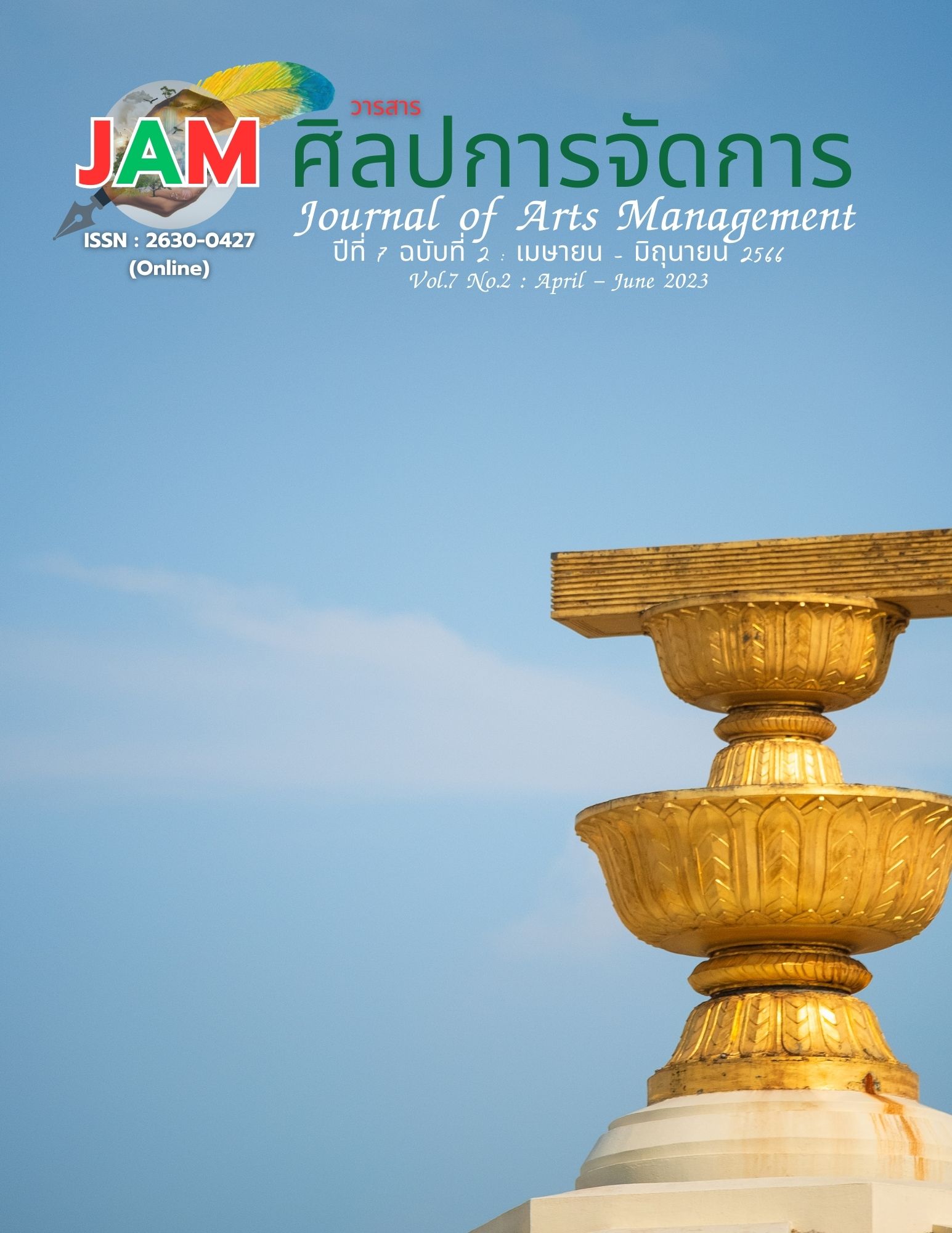Survey of Hospital Pharmacists’ Opinions on Current Situation of Unused Medication Problem
Main Article Content
Abstract
This article aimed to study the opinions of hospital pharmacists on the current situation of unused medication problems. The study was a descriptive quantitative survey. The participants were 352 pharmacists who have worked at the Ministry of Public Health and other sectors. The study was carried out by mailing the survey questionnaire with QR code attached for the participants to perform online. The research tool was developed and proved both content validity and reliability (Cronbach’s alpha = 0.80). The questionnaire was divided into the following five parts: the definition of unused medicines, the perception of benefits to patients, the process of problem solving and activities in the hospital, the opinions of the pharmacist, problems and obstacles in implementing the safe disposal of unused medicines. Baseline characteristics of participants revealed that most of them (40.6%) have worked in the secondary care hospitals. One-third of them (30.7%) have working experience more than 20 years. The research results found that the pharmacists were willing to solve the problems to ensure patient safety. In regard to pharmacists ‘opinions toward drug disposal management, the majority of participants agreed or strongly agreed with the importance of the proper disposal of unwanted medicines. The most selected activities among participants were “campaign for patients”, “raising awareness among prescribers” and “educating the proper drug disposal methods”. The results of this study are beneficial for developing further unwanted pharmaceutical waste management.
Article Details

This work is licensed under a Creative Commons Attribution-NonCommercial-NoDerivatives 4.0 International License.
Views and opinions appearing in articles in the Journal of Arts of Management It is the responsibility of the author of the article. and does not constitute the view and responsibility of the editorial team I agree that the article is copyright of the Arts and Management Journal.
References
Boonyasiri, A., Tangkoskul, T., Seenama, C., Saiyarin, J., Tiengrim, S., & Thamlikitkul, V. (2014). Prevalence of antibiotic resistant bacteria in healthy adults, foods, food animals, and the environment in selected areas in Thailand. Pathogens and Global Health, 108, 235-245.
Chaiyakunapruk, N., Tanakornrungrod, A., Cheewasitthirungruang, N., Srisupha-olarn, W., Nimpitakpong, P., Dilokthornsakul, P., & Jeanpeerapong, N. (2012). Estimation of financial burden due to oversupply of medication for chronic disease. Asia Pac J Public Health, 24(3), 487-494.
Chaiyakunapruk, N., Nimpitakpong, P., Dilokthornsakul, P., & Jeanpeerapong, N. (2013). A study of the scale and fiscal impact of drug overdose and policy solutions. Health systems database and knowledge Public. Health Systems Research Institute. https://kb.hsri.or.th/dspace/handle/11228/3641?locale-attribute=th
Champoonot, P., Chowwanapoonpohn, H., & Suwanprom, P. (2011). Leftover medicines and medicine use behavior of people in Chiang Mai province. Thai Pharmaceutical and Health Science Journal, 6(2), 105-111.
Chantapattarankul, P., Thongprong, S., & Thongmee, M. (2018). Survey of leftover drugs among patients with chronic diseases at Bangsaphan Hospital, Prachuap Kirikhan. Hua Hin Sook Jai Klai Kangwon Journal, 3(1), 119-125.
Charoenchokthavee, W., Lertwattanachai, T., Rodhedbhai, W., & Kobwanthanakun, S. (2013). Analysis and management of unused medications problem in urban living area. Vajira Medical Journal, 57(3), 147-159.
Chullasu, P. (2015). Environmental persistent pharmaceutical pollutants management guideline in the communities, Thailand. Bureau of Food and Water Sanitation, Department of Health Ministry of Public Health. https://foodsan.anamai.moph.go.th/th/research/ download?id=66847&mid=33861&mkey=m_document&lang=th&did=20944
Dokbua, C. (2016). The management of the drug surplus problem in the community, Pathumratchawongsa Hospital, Amnat Charoen Province. http://www.patumrachwongsahospital.com/images/10.academic-work/10986/2559/1.pdf
Kumhomkul, T. (2020). Contamination and effect of pharmaceutical products in environment. EAU Heritage Journal Science and Technology, 14(2), 40-50.
Maneerat, M., Walakijohnlert, O., Phumas, P., & Sangsri, P. (2010). Effects of home visits by pharmacy students on drug use cooperation knowledge and the problem of household waste medicine. Thai Journal of Pharmacy Practice, 2(1), 24-34.
Punnapapaisan, W., Kittiboonyakun, P., & Saramunee, K. (2018). Designing the system for management of unused medicine in patients with diabetes mellitus by using root cause analysis framework. Thai Journal of Pharmacy Practice, 10(2), 304-314.
Sirinavasatien, P. (2018). The efficiency of management the left-over medication in diabetic patients in special clinics. Mahasarakham Hospital Journal, 15(2), 111-118.
Sirisinsuk, Y., & Pengsupap, P. (2017). Drug system situation report 2012-2016. Thai drug watch. https://www.thaidrugwatch.org/download/otherprint/2012-2016_drug_system_report.pdf
Srijuntrapun, P. (2019). Appropriate disposal guidelines for unused and expired medications. Mahidol University. http://www.thai-explore.net/file_upload/submitter/file_doc/b2439abddfd66efc761f8aa6ac56ce5c.pdf
Suwannaprom, P., Niamhun, N., Champoonot, P., Phosuya, C., Chowwanapoonpohn, H., Supakul, S., Chaichana, R., & Laopanichkul, B. (2012). Items and value of household leftover medicines for chronic conditions at Sansai-Luang Sub-district, Sansai District, Chiang Mai Province. Thai Pharmaceutical and Health Science Journal, 7(1), 22-28.
Thailand Development Research Institute (TDRI). (2019, December 20). Estimate public health expenditure in the next 15 years. https://tdri.or.th/2019/12/public-healthcare-evaluation/
Thammawut, W., & Luewitthawat, P. (2014). A survey of the quantity and value of surplus drugs in outpatients. Department of Internal Medicine, Sriraraj Hospital. Siriraj Medical Journal, 7(1), 20-25.


